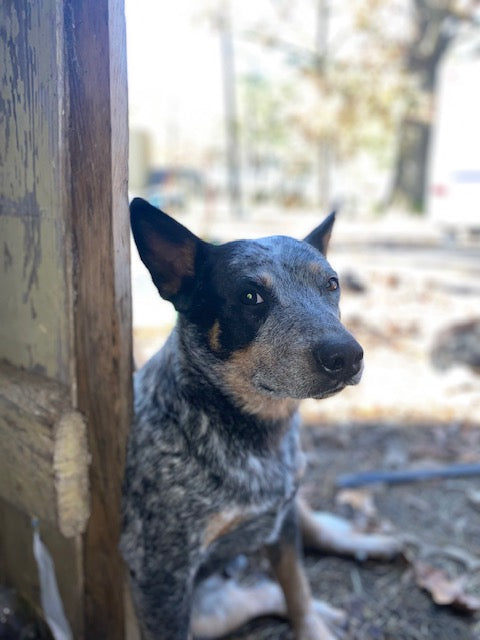
FLEAS!!
Share
Fleas are a major thorn in the dog and cat owners side. They're annoying, painful, and they can pose a serious health risk to dogs and their households. They can cause
- Anemia -Low red blood cell count. This can be dangerous particularly for puppies and small breed dogs.
- Flea Allergy Dermatitis- allergic reactions to the proteins in flea saliva, can cause itchy, red, scabbed and inflamed skin. This often occurs around the base of the tail.
- Tapeworms- fleas can carry the tapeworm parasite Dipylidium caninum, which can infect a dog if ingested.
- Bartonellosis- This is a bacterial infection that can be transmitted to dogs through flea bites. It can also affect cats and humans.
- Hair loss- Flea saliva can irritate a dog's skin, causing them to scratch and bite resulting in hair loss.
It would be nice if treating fleas could be a 'one and done' situation, however that is far from the case. In fact, it doesn't take long and a single flea can explode into an infestation. Treating to eradicate the flea population can take weeks! You have four stages of the flea to keep in mind. The Egg, the Larvae, the Pupae, and the Flea. The lifespan of an adult flea with a host can be up to 100 days. However, fleas can remain in their cocoons in a dormant-like state for as long as FIVE MONTHS. Insecticides used to kill fleas (most are a pyrethrin based product) do NOT kill flea eggs, larvae or pupae, only the adult biting flea. So when you spray or treat your pet, you're not killing what will hatch out.
In order to disrupt this cycle, an IGR (insect growth regulator) must be used in addition to the insecticide! This IGR will kill the non-adult stages. You will still need to treat the animal, the bedding, where the animal sleeps, and if indoors, any carpet or fabric areas. All treatment must be done simultaneously and possibly more than once in order to be effective. Treating your entire yard is, to the best of our information, ineffective. Fleas are nest parasites and won't survive for long away from their host.
There are other great forms of Control Products, but the should not be used as a sole form of control, as they won't be effective as stand alone treatment.
"Fun" Fact- Fleas are most comfortable at temperatures between 70 and 85 degrees Fahrenheit, and they will begin to die if the temperature drops below 46 degrees or rises above 95 degrees Fahrenheit.
As winter arrives, many fleas and their eggs will die. Fleas prefer a temperature of around 75 degrees and are most active at this temperature. As temperatures drop and hover near 50 degrees, fleas can cocoon and stay that way for months. No flea in any stage of development can survive freezing temperatures
